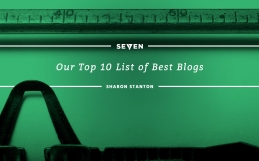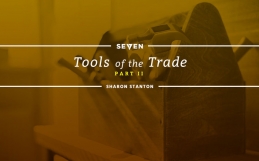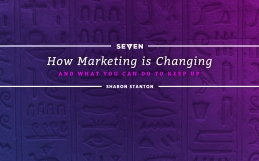“There is the happiness which comes from creative effort. The joy of dreaming, creating, building, whether in painting a picture, writing an epic, singing a song, composing a symphony, devising new invention, creating a vast industry.” – Henry Miller
Enter Kickstarter, a platform developed to give a person with a great idea, but maybe not very deep pockets, the opportunity to turn that idea into something real.
How does Kickstarter work?
Kickstarter is a website where creators present their ideas and invite the public to financially back those ideas (also known as “crowdfunding”) so they can become realized products. The creator establishes a fundraising goal, levels of giving, and a timeline for reaching the goal. Backers are not charged unless the fundraising goal is met. At that point, the responsibility to deliver lies with the creator.
How do you get started?
As is the case with so many things, it’s not enough to just start a Kickstarter campaign. There is lots of work to do beforehand. You need to build a following, both online and offline, before launching your campaign. By the time your campaign is live, ideally there is an audience that has been waiting for the opportunity to help bring to life this idea they have been hearing and becoming excited about.
You will also want to do your research and make sure that Kickstarter is the right platform for your project. (Some other popular crowdfunding websites to check out are Indiegogo, GoFundMe and CrowdRise.)
What projects do well on Kickstarter?
There are all kinds of ideas on Kickstarter: consumer products, film, music, art. Kickstarter does not allow fundraising for charity. (Look to CrowdRise for that.) A successful Kickstarter campaign is one that solves an existing problem or fills a void. It also must have a great “pitch,” which means:
- The presentation is simple and well-organized.
- There are excellent, professional graphics and compelling video to illustrate the project’s vision. (You cannot skimp here; think of it like getting your house ready for sale. You have to be willing to spend up front.)
- The donation levels are clearly defined and offer some incentive to the backer, even at the lowest level.
- You’ve done your “pre-work.” I was just listening to the TED radio hour over the weekend and the OpenROV Trident was featured. These people established a strong following before taking their idea to Kickstarter, and their project was funded nearly 15 times over. As of this writing, they still have about 2.5 days of funding time left.
Studio 7 Favorites: I polled the S7 team to see what some of their favorite crowdfunded projects were, and got some great responses. Here are some projects that made the list:
- GoldieBlox (My personal favorite. I backed this campaign and joyfully watched it come to fruition. I have made several GoldieBlox purchases since the project was funded 3 years ago.)
Here is a great resource for finding projects you may be interested in backing.
Words of caution:
Many Kickstarter projects are not successfully funded. According to Kickstarter, 14% of projects reach their deadline without receiving a single pledge. On the other hand, 78% of projects that reach 20% of their fundraising goal end up being successfully funded. Here are some more in-depth statistics.
You need to have your delivery plan in place. It’s best to have the answer to “We’re funded, now what?” as well-established as possible before taking to Kickstarter. If you aren’t able to deliver, your disappointed backers can really harm your reputation when they start raising a stink online.
Protect your brainchild! Another necessary up-front expense will be filing for a patent. This is not something to “get to.” By the time you get to it, it could be too late. Take care of that nice and early!
Anyone out there have an experience with crowdfunding, either for your own idea, or as a backer for someone else’s project? Tell us your story!




